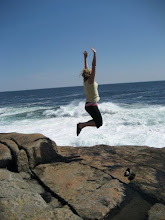

Deep below the surface of the oceans, beyond the levels reached by sunlight, live abundant and diverse communities of animals. Tiny microbes or bacteria called Archaea, fantastic red-tipped, white tube worms, gigantic clams, mussels, crabs, shrimp, starfish and deep-water skates all live at deep sea hydrothermal vents.















